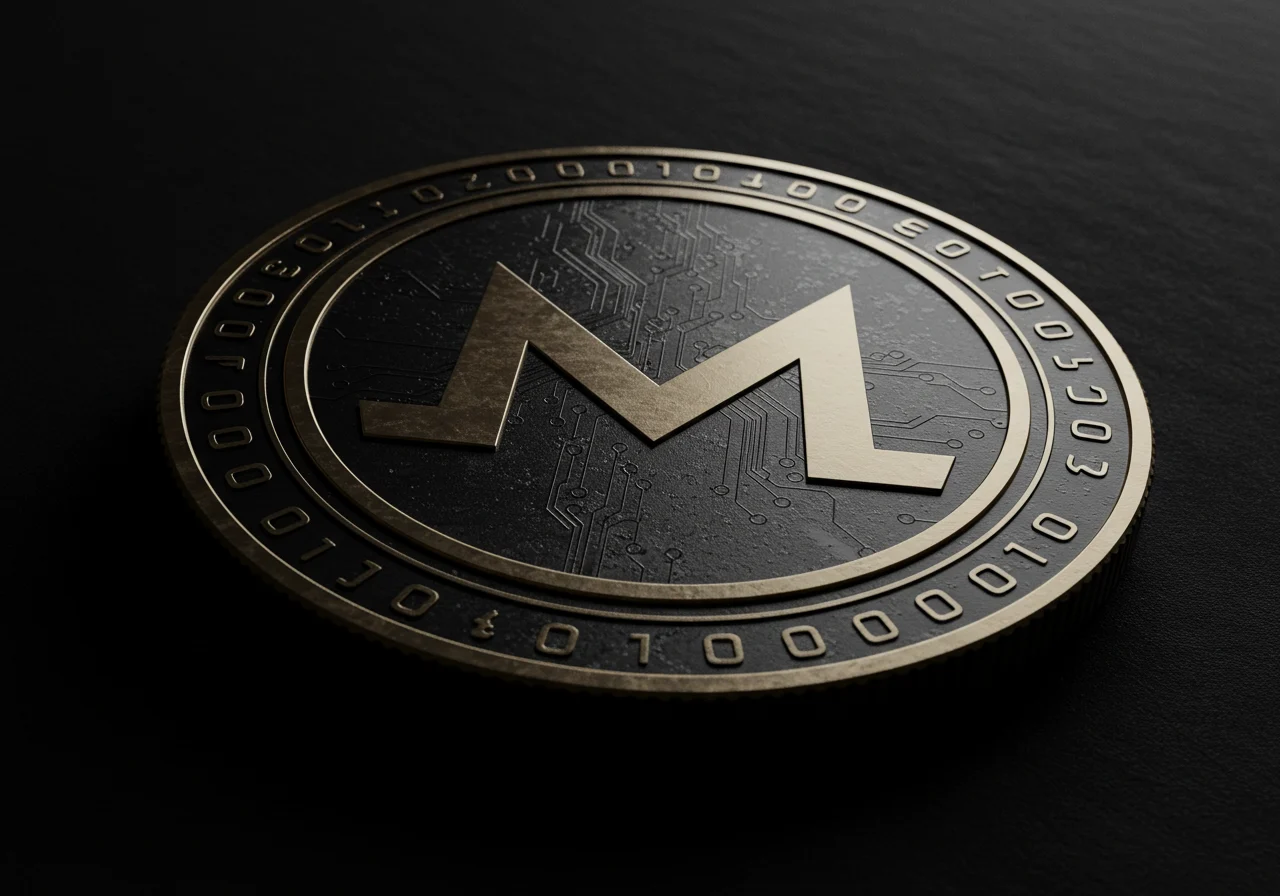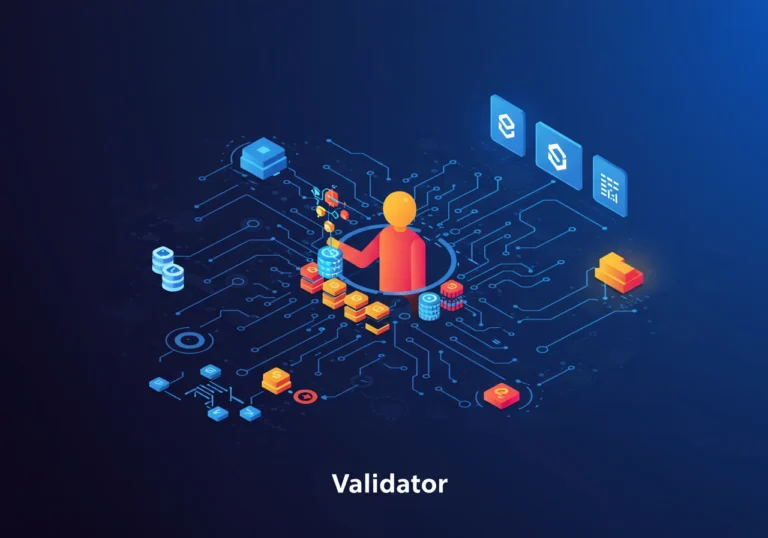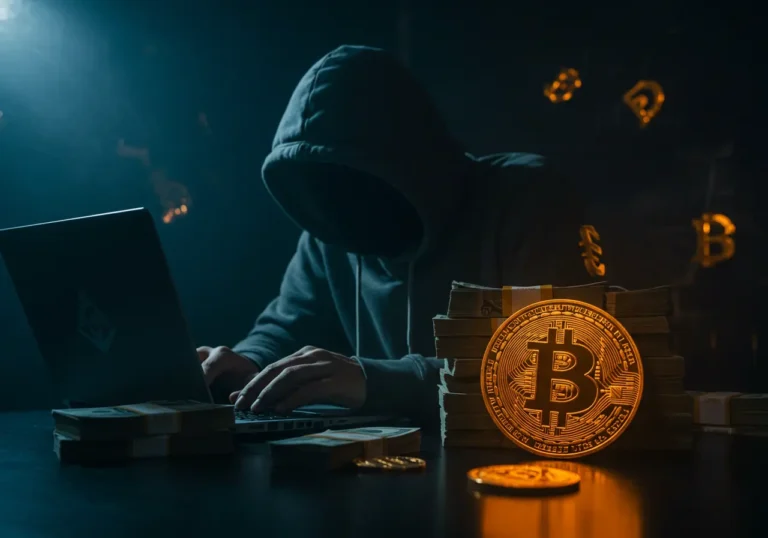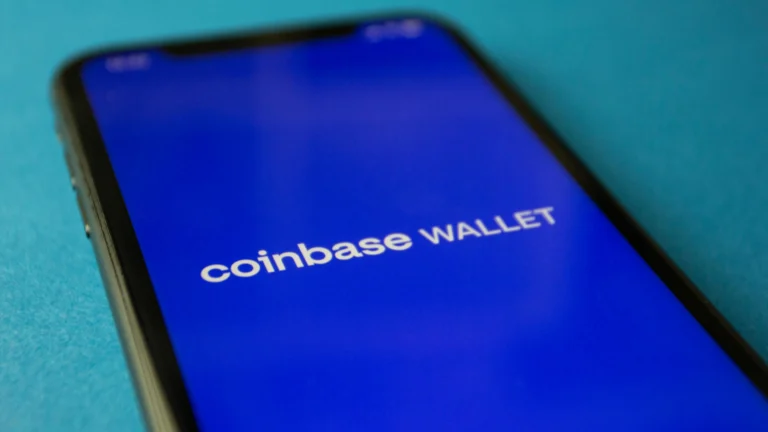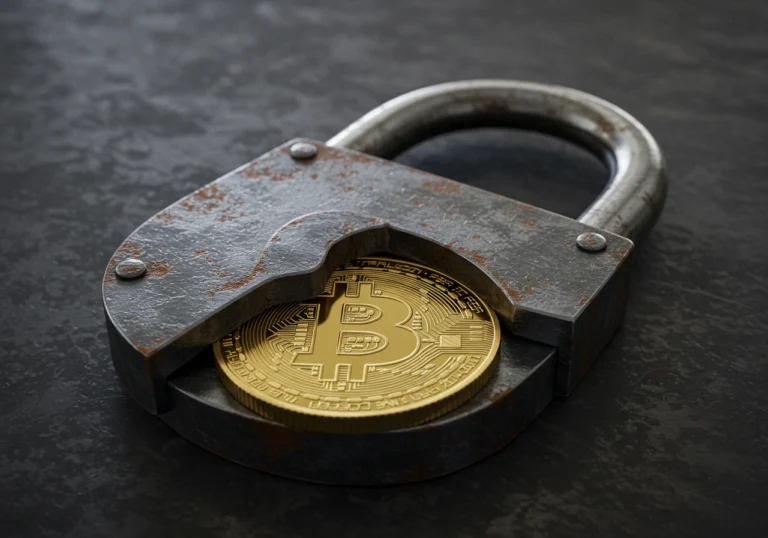How to Use a Monero Wallet for Private Transactions
Monero Wallet is a tool for managing Monero (XMR), a cryptocurrency designed to be private by default. It makes transactions difficult to trace and helps keep your payment amounts hidden. In this Monero Wallet guide, we will cover choosing a wallet, installation, making Secure Monero transactions, safe storage of keys, and simple privacy habits you can follow every day.
What makes Monero different and why choose it
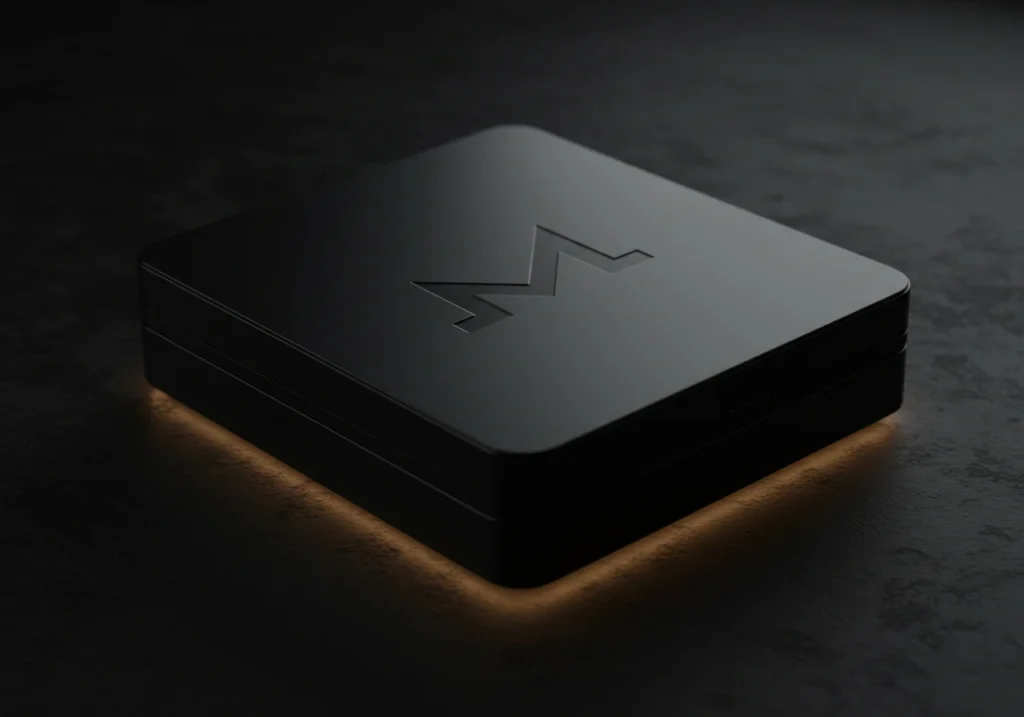
Monero uses technology that hides sender, receiver, and amount details. That makes it different from many other cryptocurrencies where transactions are public. The privacy features in Monero aim to protect ordinary things: your budget, your savings, or a gift you send to someone. That is why many people use Anonymous payment methods like Monero for private transactions.
This built-in privacy is helpful, but it also means you must use the wallet and tools correctly. The technology is strong, yet human mistakes can undo that protection. So let’s focus on clear, safe steps.
Choosing a Monero wallet — desktop, mobile, or hardware
There are three common types of Monero wallets:
- Desktop wallets: Full-featured. Good for home use.
- Mobile wallets: Handy for on-the-go payments.
- Hardware wallets: Physical devices that keep keys offline for the highest security.
For the best mix of privacy and security, consider a trusted desktop wallet and a hardware wallet for larger amounts. Mobile wallets are fine for small daily payments. Look for wallets that are official or widely recommended by the Monero community.
Installing and setting up your Monero wallet
Follow these simple steps. They work for most desktop or mobile wallets.
- Download from the official site. Use the official Monero website or the wallet’s official page. Avoid random links.
- Verify the download. Many wallets publish signatures or checksums. If the site explains how, follow the steps to confirm the download is genuine.
- Create a new wallet. The app will generate a seed phrase — usually 25 words for Monero. This phrase recovers your wallet. Write it down on paper. Do not store it on a cloud drive or in plain text.
- Set a strong password. This protects the wallet file on your device. Use a long, memorable phrase or use a password manager.
- Sync the wallet. The wallet connects to the Monero network to get your balance and transaction history. You can use a public node, or run your own if you want extra privacy.
When you first create a wallet, test it by sending a small amount. That confirms everything works and you understand the flow.
How to send and receive private Monero transactions
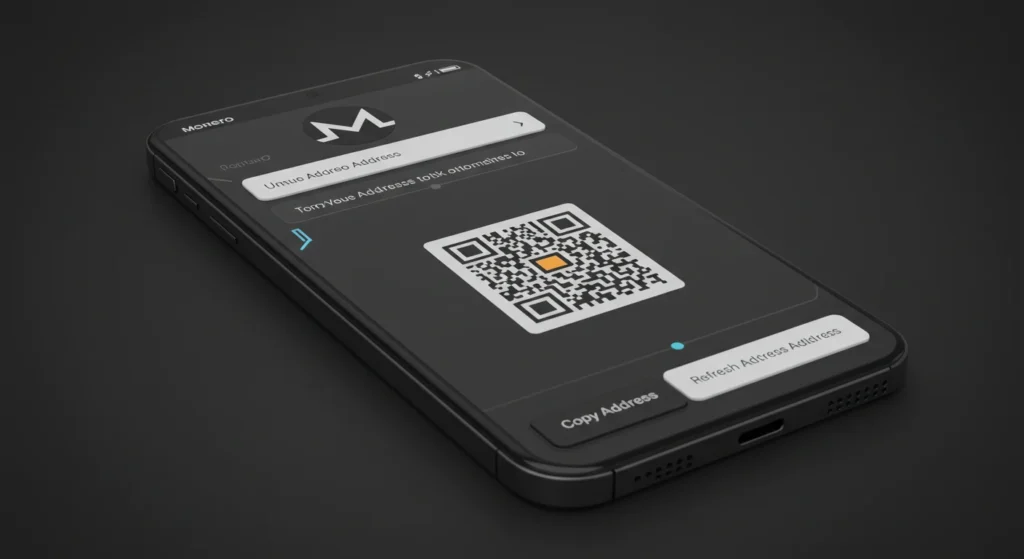
Sending and receiving XMR is simple.
- To receive: Open the wallet and copy a receive address or generate a new one. Share the address with the person sending you funds. For extra privacy, make a fresh address for each sender or payment.
- To send: Paste the recipient’s address into your wallet, set the amount, and choose the fee level. Monero wallets usually let you pick a slower, cheaper fee, or a faster, more expensive one. Confirm the transaction details and send.
Monero’s privacy features are automatic. You do not need to add extra steps to hide amounts or identities. But be careful not to reuse addresses publicly. Creating a new address for each payment is a simple privacy habit.
Private Transactions tutorial — privacy habits that matter
Here are practical Cryptocurrency privacy tips you can apply today:
- Use a fresh address for each incoming payment. This reduces linkability.
- Avoid posting your addresses with your real name. If you must publicize an address, use a throwaway address with tiny balances.
- Run your own node if you can. A personal node gives the best privacy because you don’t rely on someone else to see your transactions.
- Be careful with exchanges. Exchanges often need KYC (identity checks). When you send XMR to or from an exchange, the exchange knows about that account. Plan accordingly if you want privacy.
- Limit metadata leaks. Do not post screenshots of transactions that show your address or QR codes with your identity.
- Keep software updated. Wallet updates fix bugs and security holes.
Small habits protect privacy a lot.
Protecting your wallet and keys — basic security

Safety is not hard, but it matters.
- Write down the seed phrase on paper and store it safely. Use a fireproof box or a safe. Consider metal backups for long-term storage.
- Use hardware wallets for large holdings. They keep private keys offline, which stops many attacks.
- Do not share your seed phrase. No one needs it except you to recover your wallet.
- Use strong passwords on your wallet and on devices you use for crypto.
- Back up the wallet file in a secure place, encrypted if possible.
These steps prevent loss and theft.
Mobile and on-the-go safety
If you use a mobile Monero Wallet:
- Keep the phone updated and use a screen lock.
- Avoid public Wi-Fi when making transactions; use a secure hotspot or your phone network.
- Consider a dedicated device only for crypto use.
Mobile wallets are convenient but need extra care. Treat your phone like a small safe.
Legal and ethical considerations
Privacy is a right for many users. But privacy tools also attract scrutiny. Laws vary by country. Always follow local rules and do not use Monero or any tool for illegal activity. If you are uncertain, talk to a trusted legal advisor. Using private payments responsibly keeps you and others safer.
Troubleshooting and common questions
- My balance is not visible: Make sure your wallet is synced with the network. Try another node if the default one is offline.
- I lost my seed phrase: If you truly lose it and do not have a backup, you cannot recover funds. That is why secure backups are essential.
- Transactions taking long: That can happen if you pick a very low fee. Increase fee for faster confirmation.
Testing with small amounts helps you learn without risk.
Conclusion — private, simple, and responsible
A Monero Wallet gives you a practical way to make private payments. It protects details that other coins show publicly. The tool works best when you use it with care: pick a trusted wallet, back up your seed safely, use fresh addresses, and keep software up to date. Small habits and common-sense security make a big difference. Privacy does not have to be hard. With a little care, your Monero transactions can be private, secure, and part of normal, everyday life.
Main takeaways
- Use a trusted Monero Wallet and download from official sources.
- Protect your seed phrase: write it down and store it offline.
- Create a fresh receive address for each payment to improve privacy.
- Use hardware wallets for larger balances.
- Run your own node if you want the best privacy.
- Follow Cryptocurrency privacy tips and avoid sharing addresses with personal identity.
- Be aware of legal rules in your country and use privacy tools responsibly.
FAQ
Q: Is Monero truly private?
A: Monero is designed for privacy by default. It hides sender, receiver, and amounts, but safe user habits are still important to protect your identity.
Q: Can I use Monero with an exchange?
A: Yes, but many exchanges require identity verification (KYC). Sending XMR to an exchange may link that activity to your account.
Q: What if I lose my seed phrase?
A: Without the seed phrase, recovery is nearly impossible. Backups are critical.
Q: Is using Monero legal?
A: Monero is legal in many places, but rules vary. Check local laws and use the currency responsibly.
Q: How do I choose a wallet?
A: Pick official wallets or widely recommended ones from the Monero community. Check for updates and community feedback.
Table of Contents

Hello, I’m Edmilson Dias, founder of CoinBringer. I created this platform to guide people through the fast-moving world of cryptocurrency with clarity and safety. With years of research in blockchain and digital security, my goal is to translate complex topics into practical knowledge, offering reliable tutorials, safety insights, and guidance for both newcomers and experienced users.
Discover more from CoinBringer
Subscribe to get the latest posts sent to your email.

